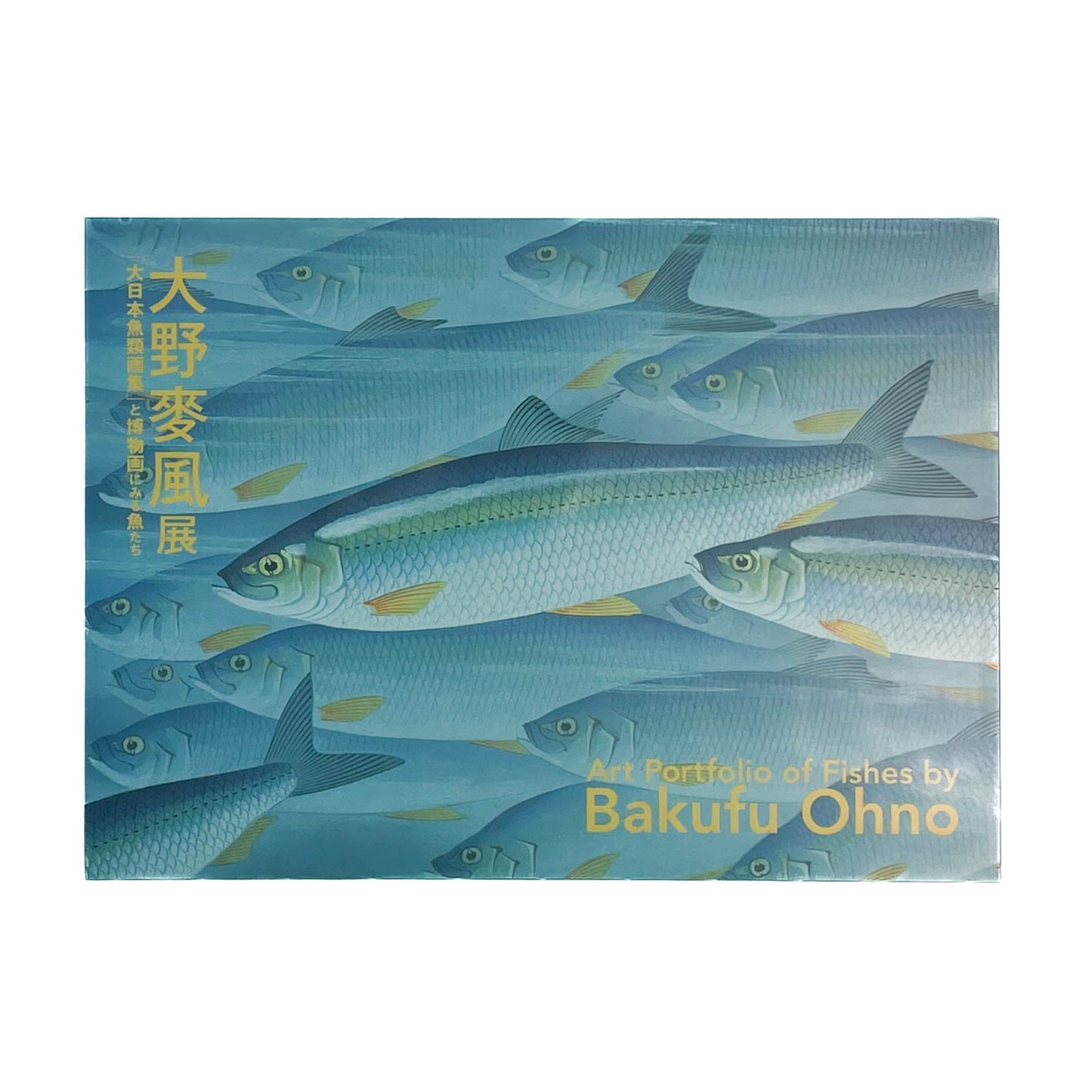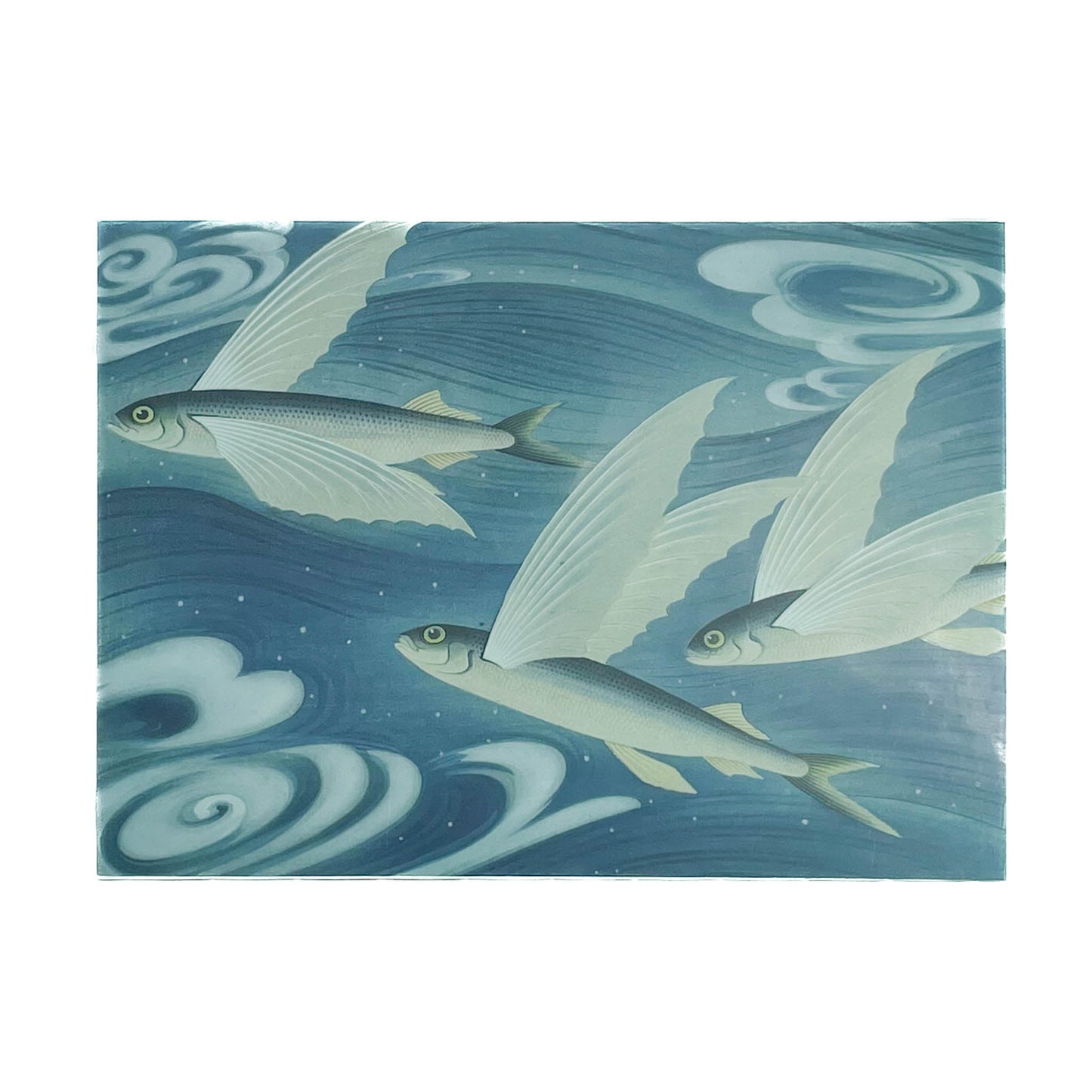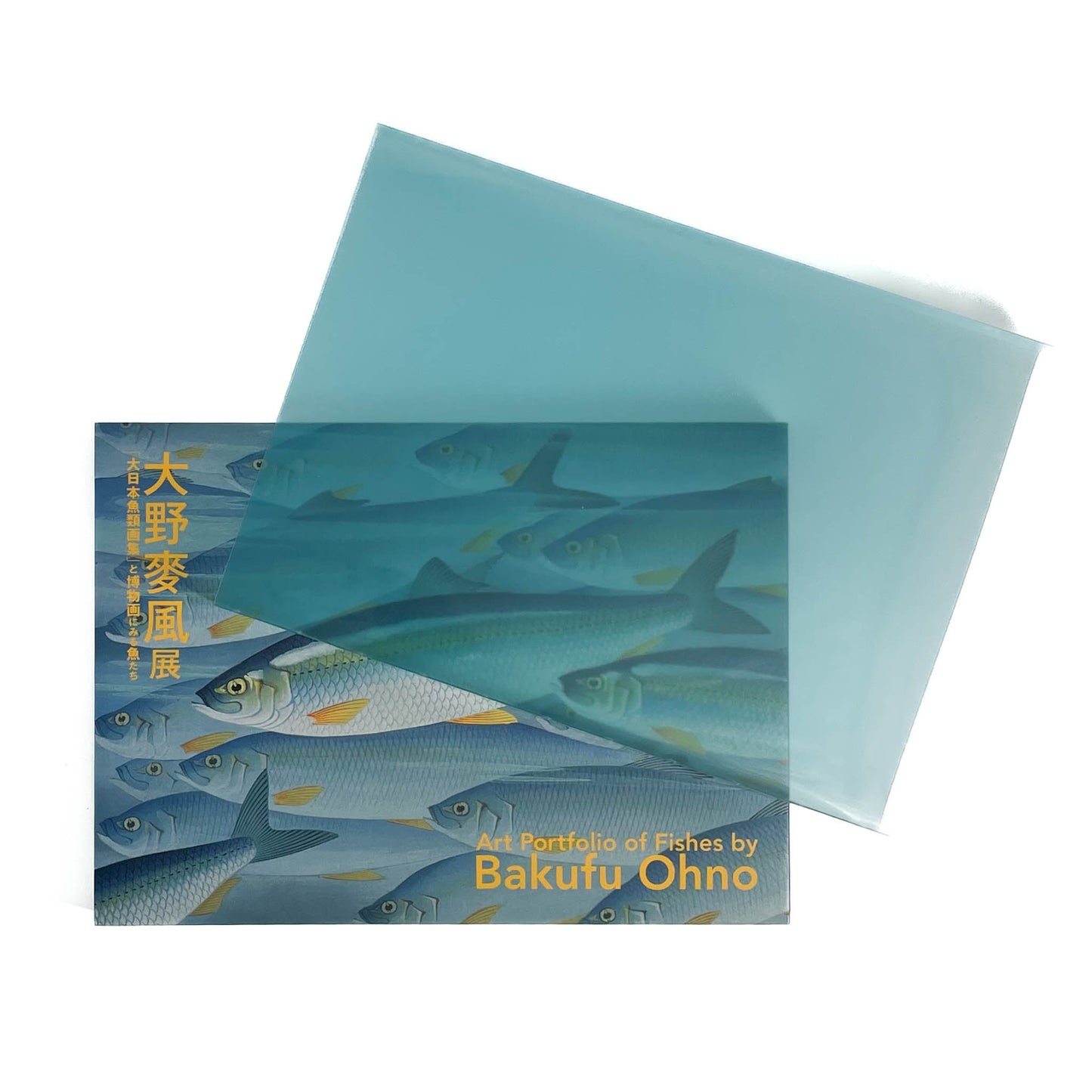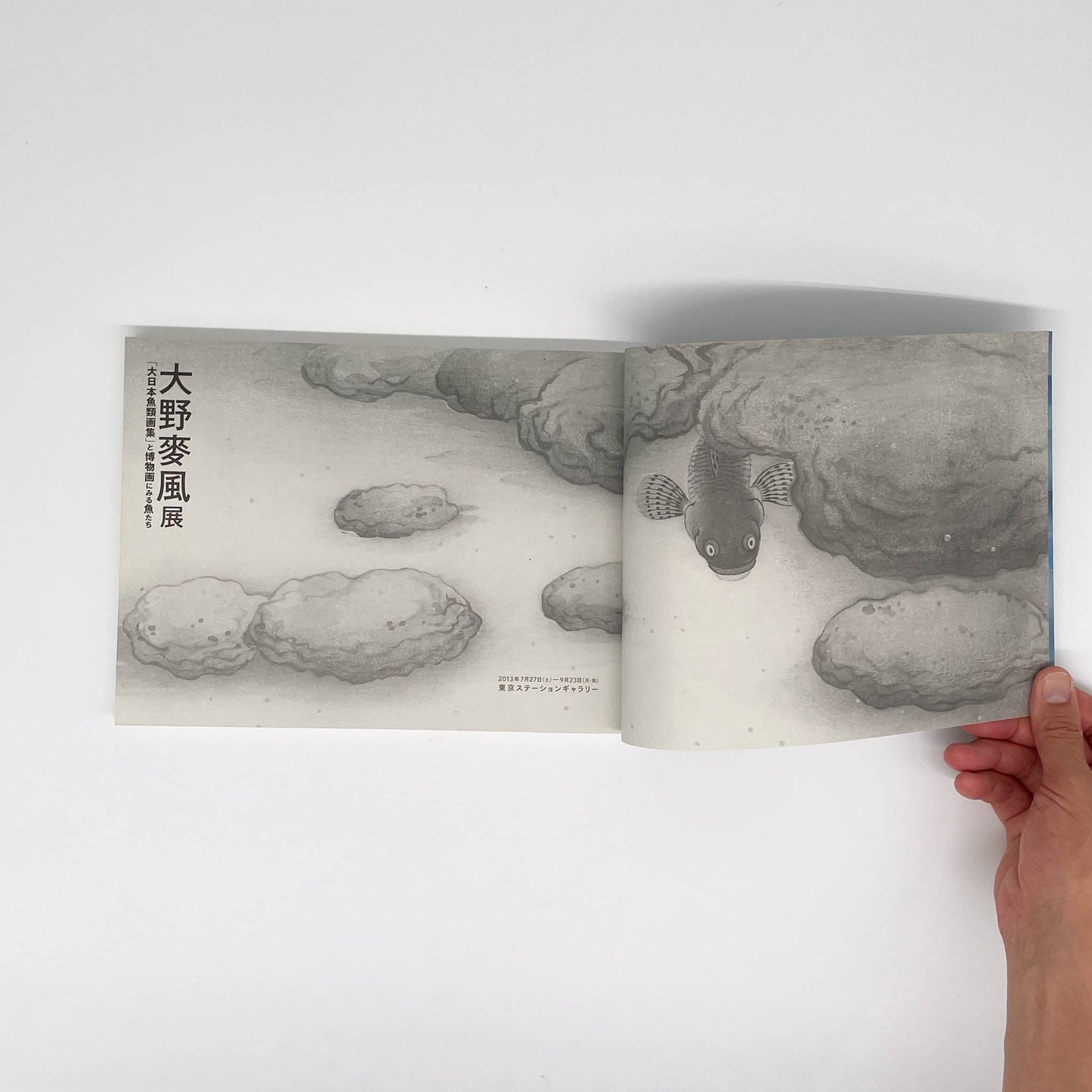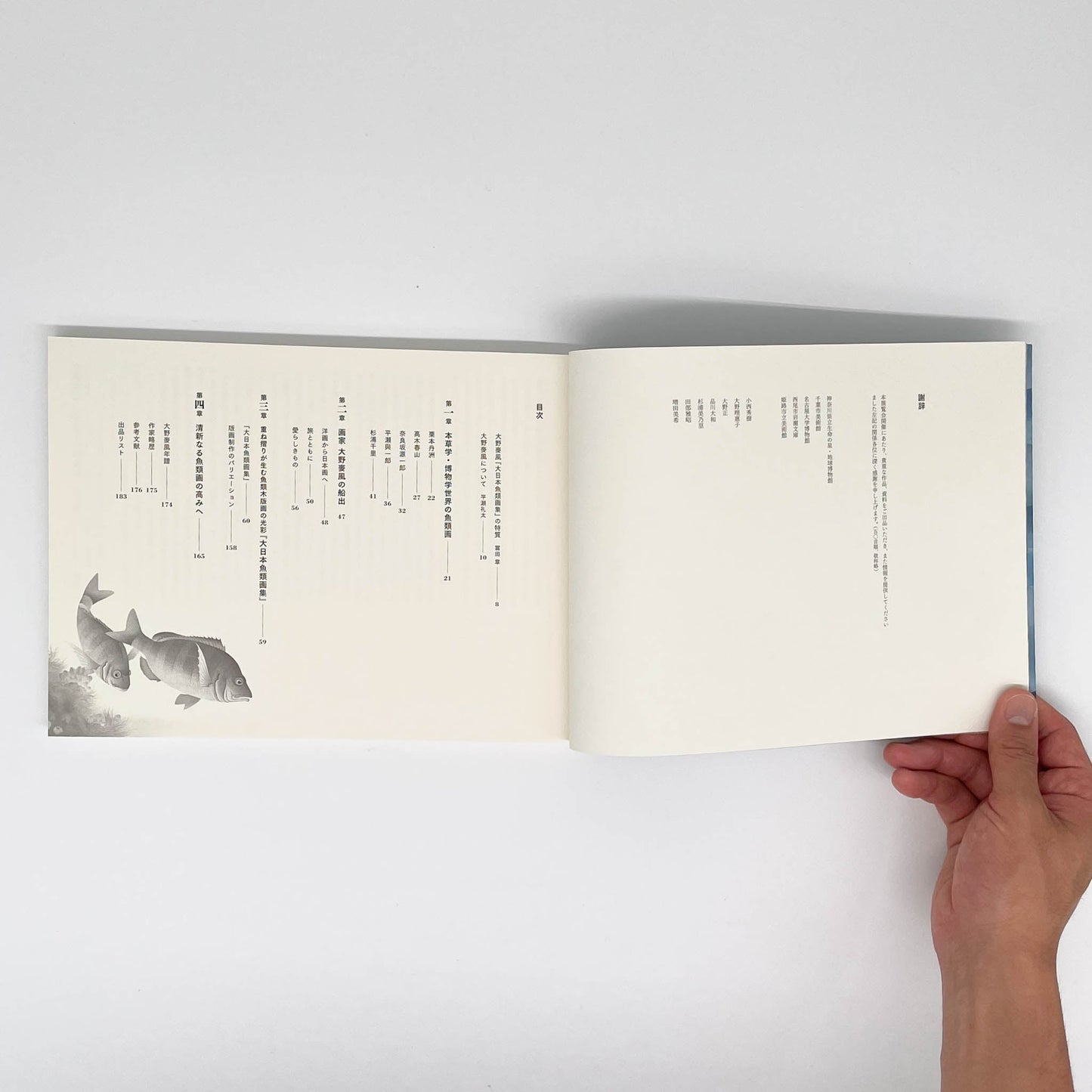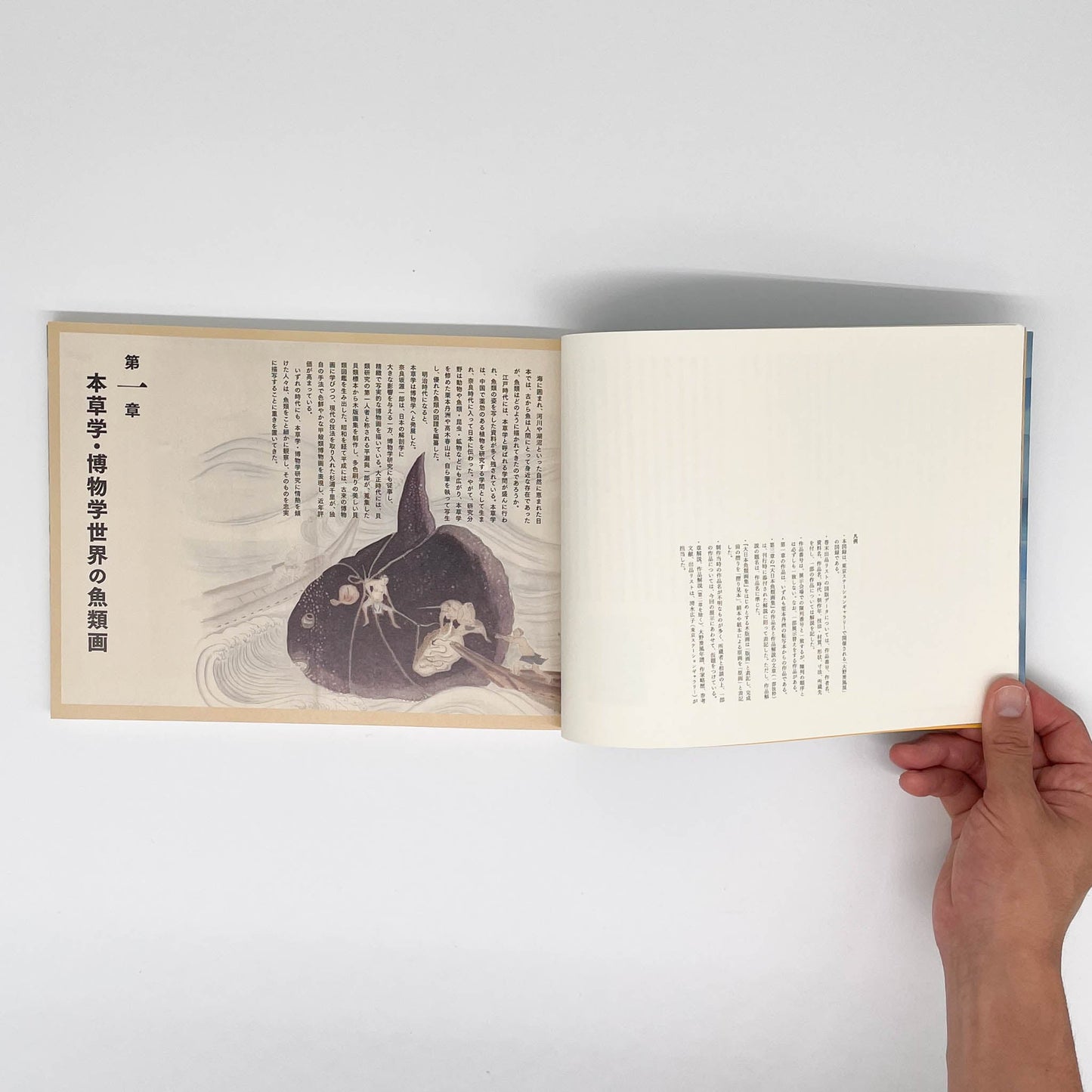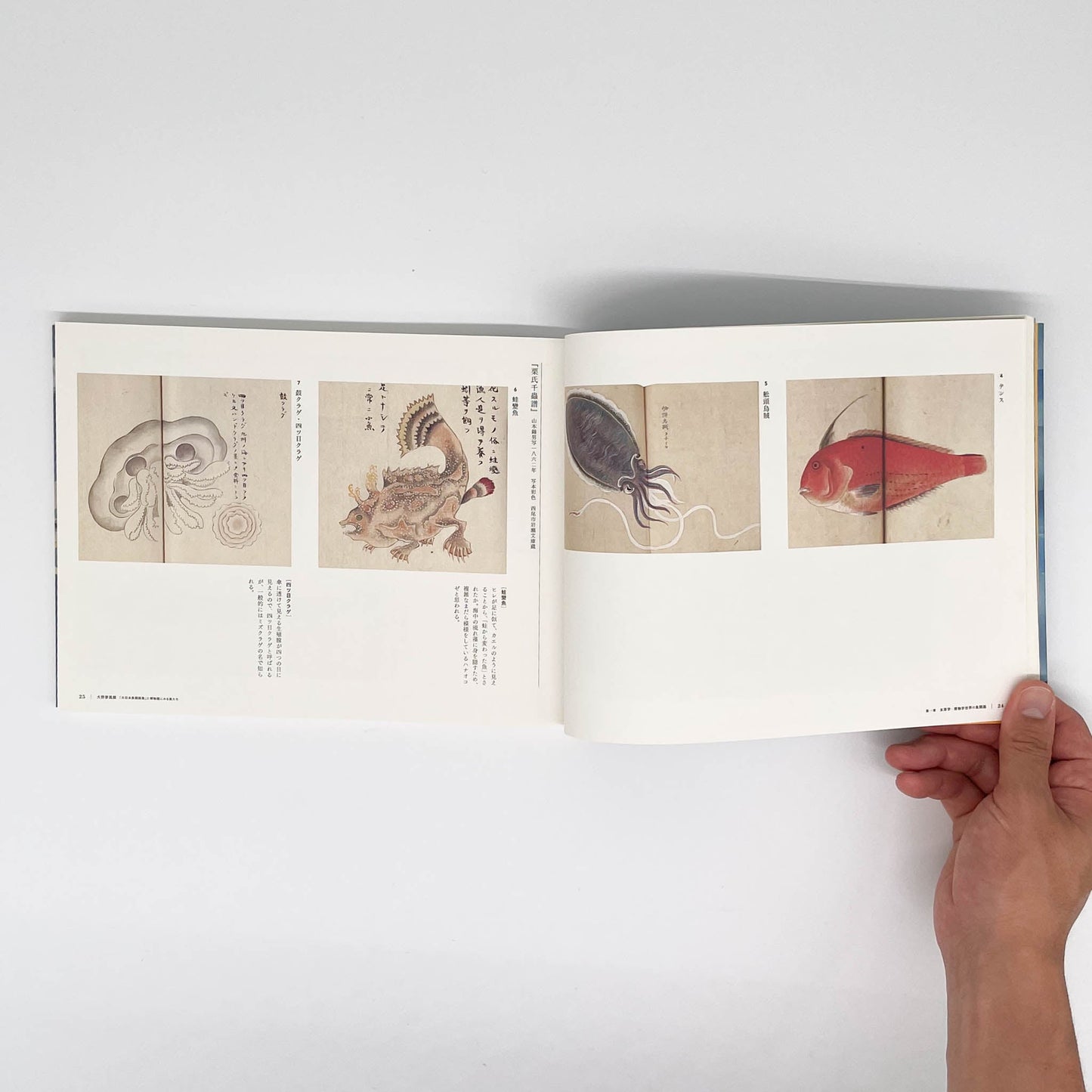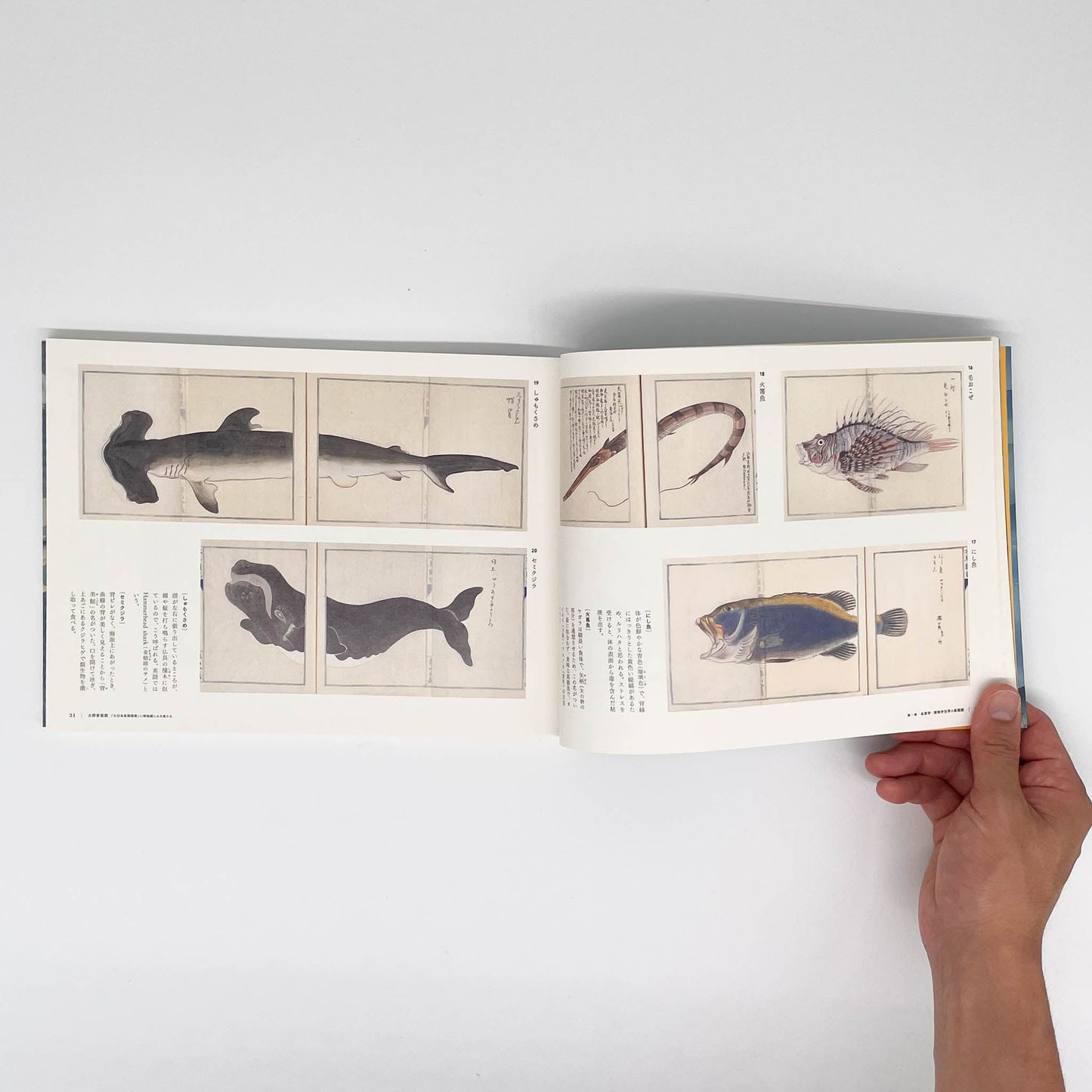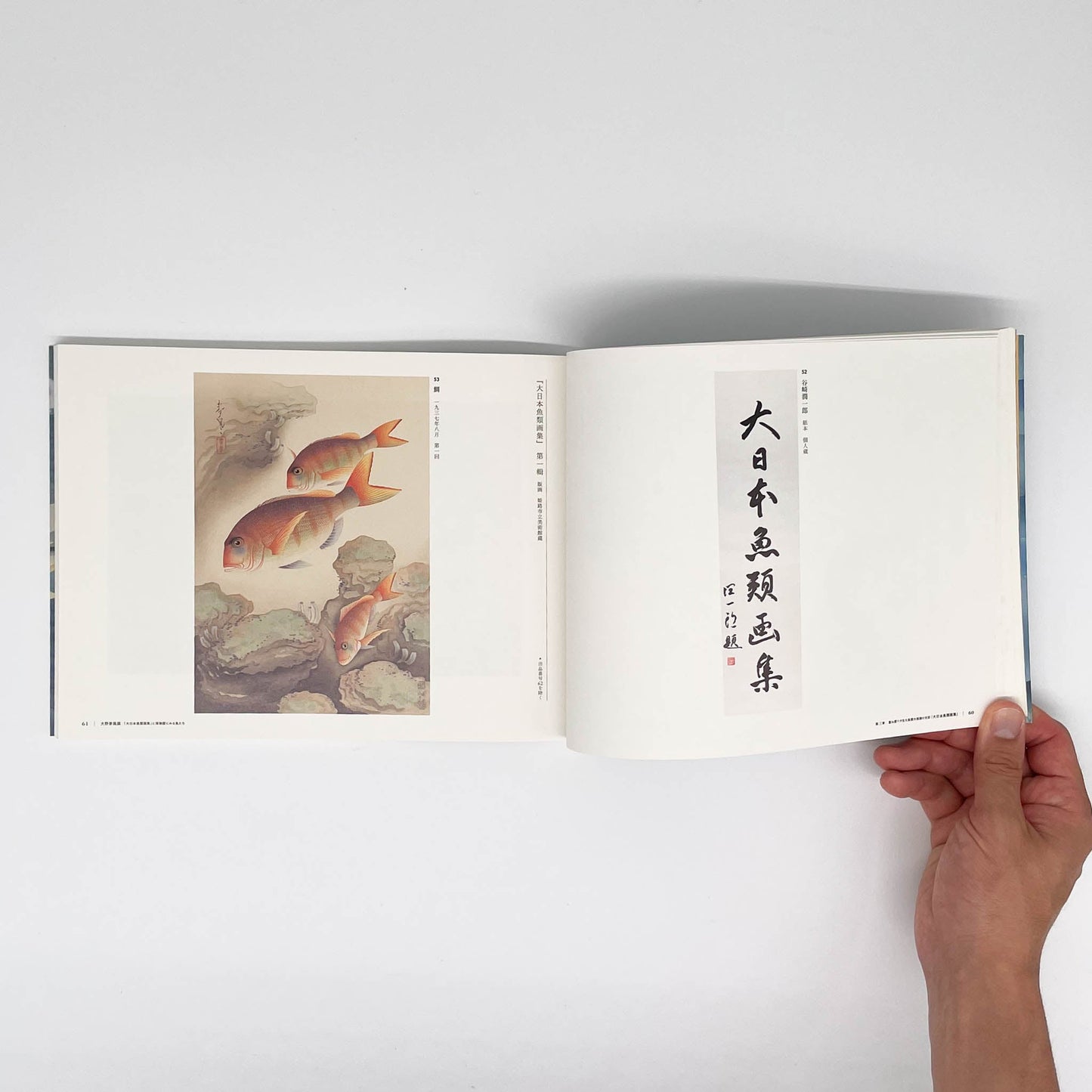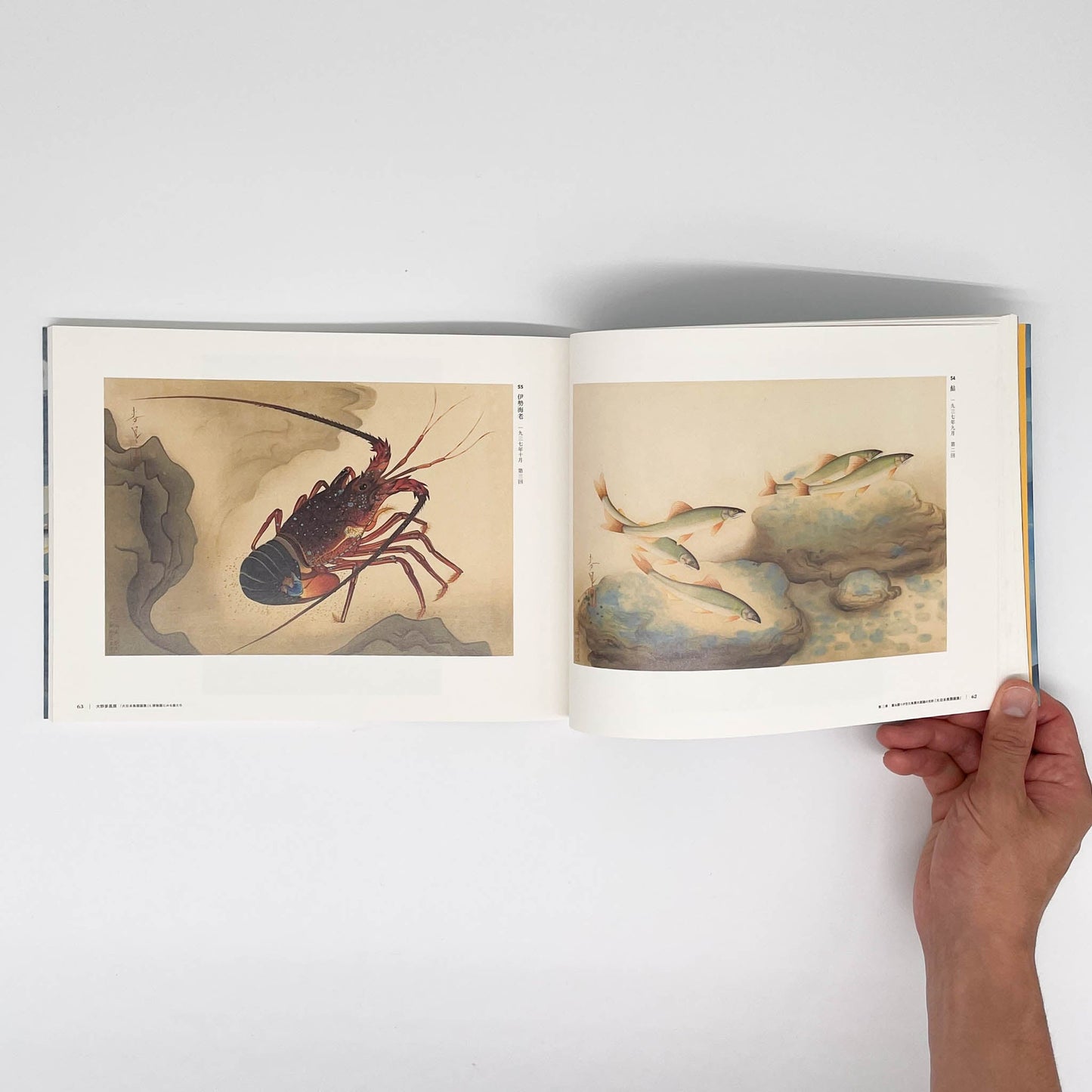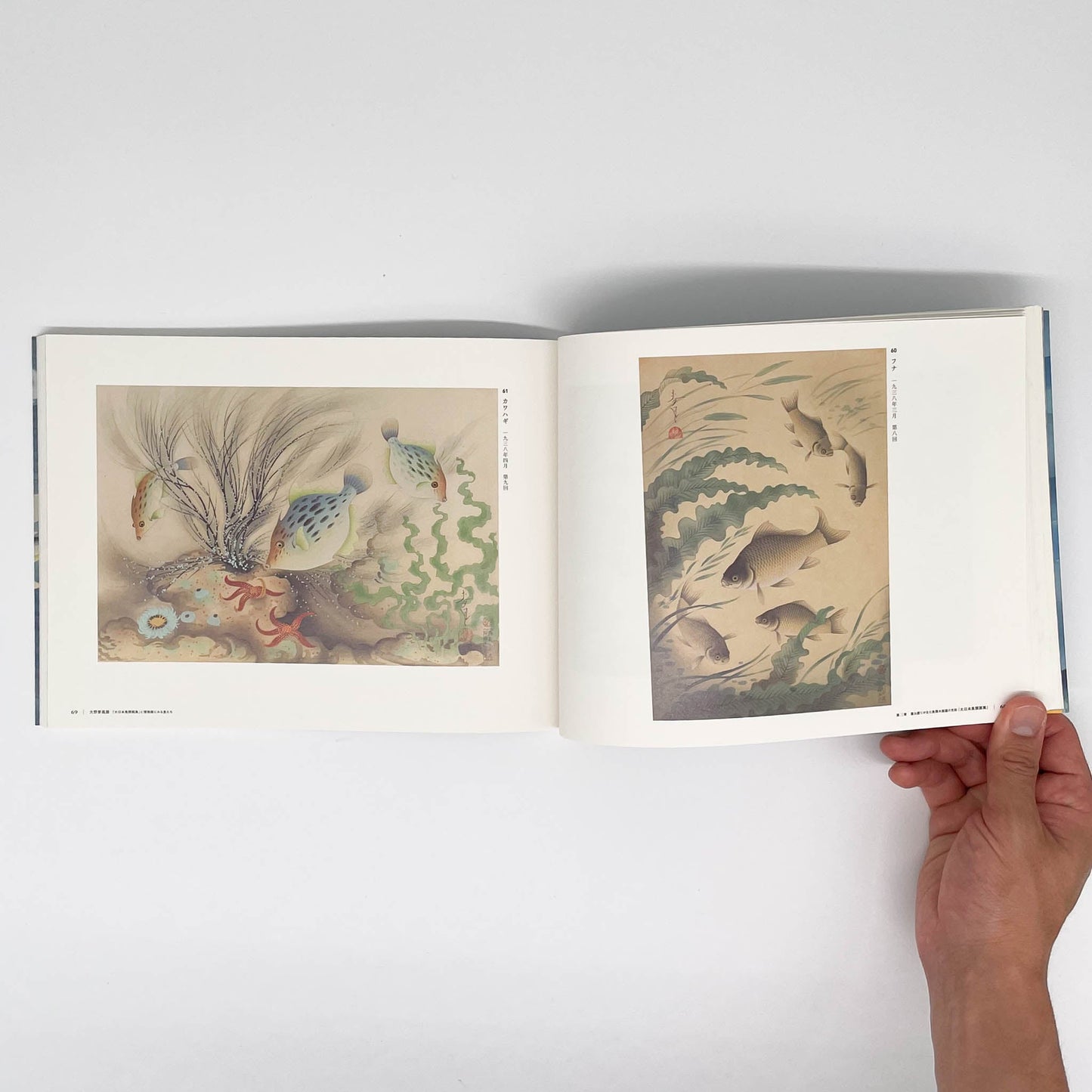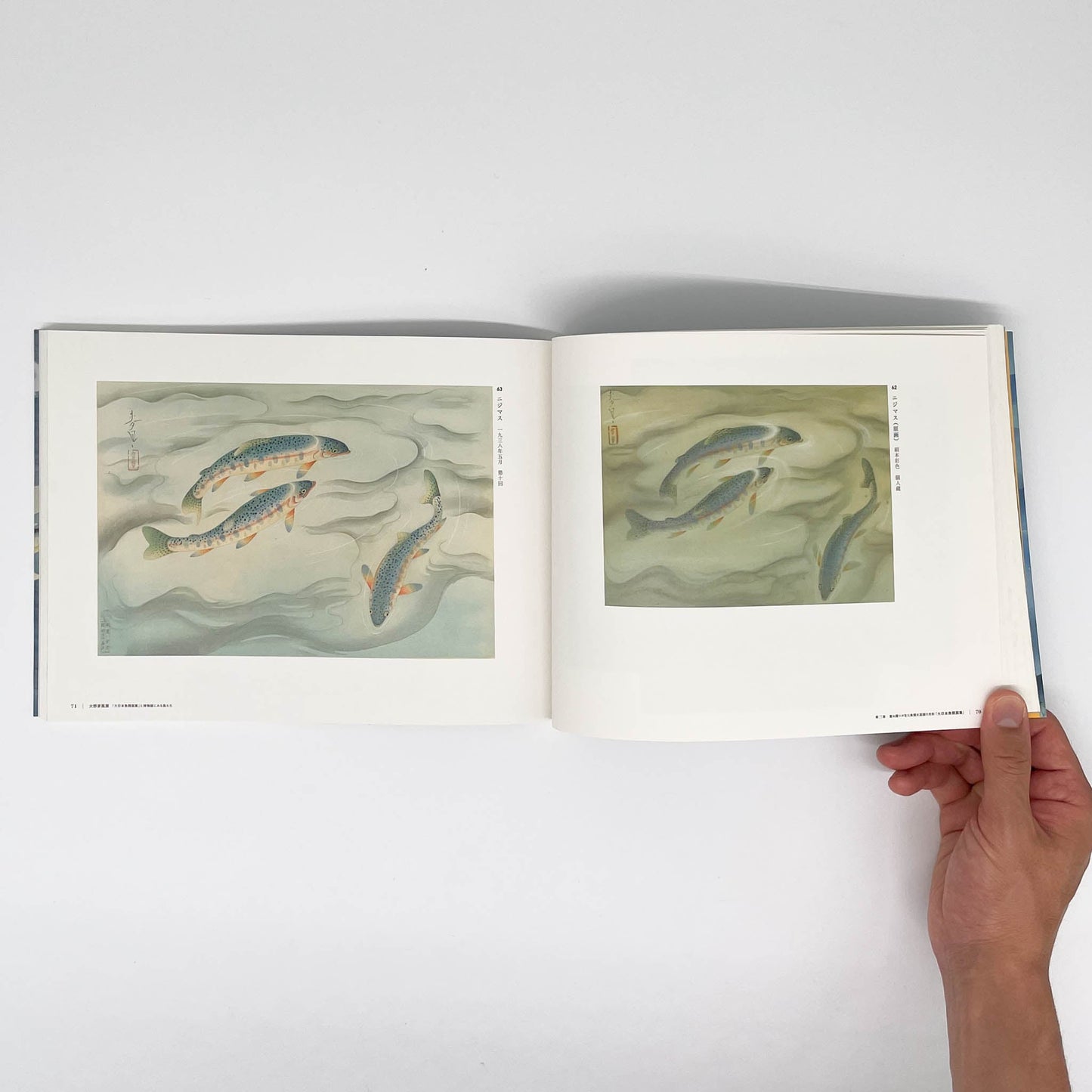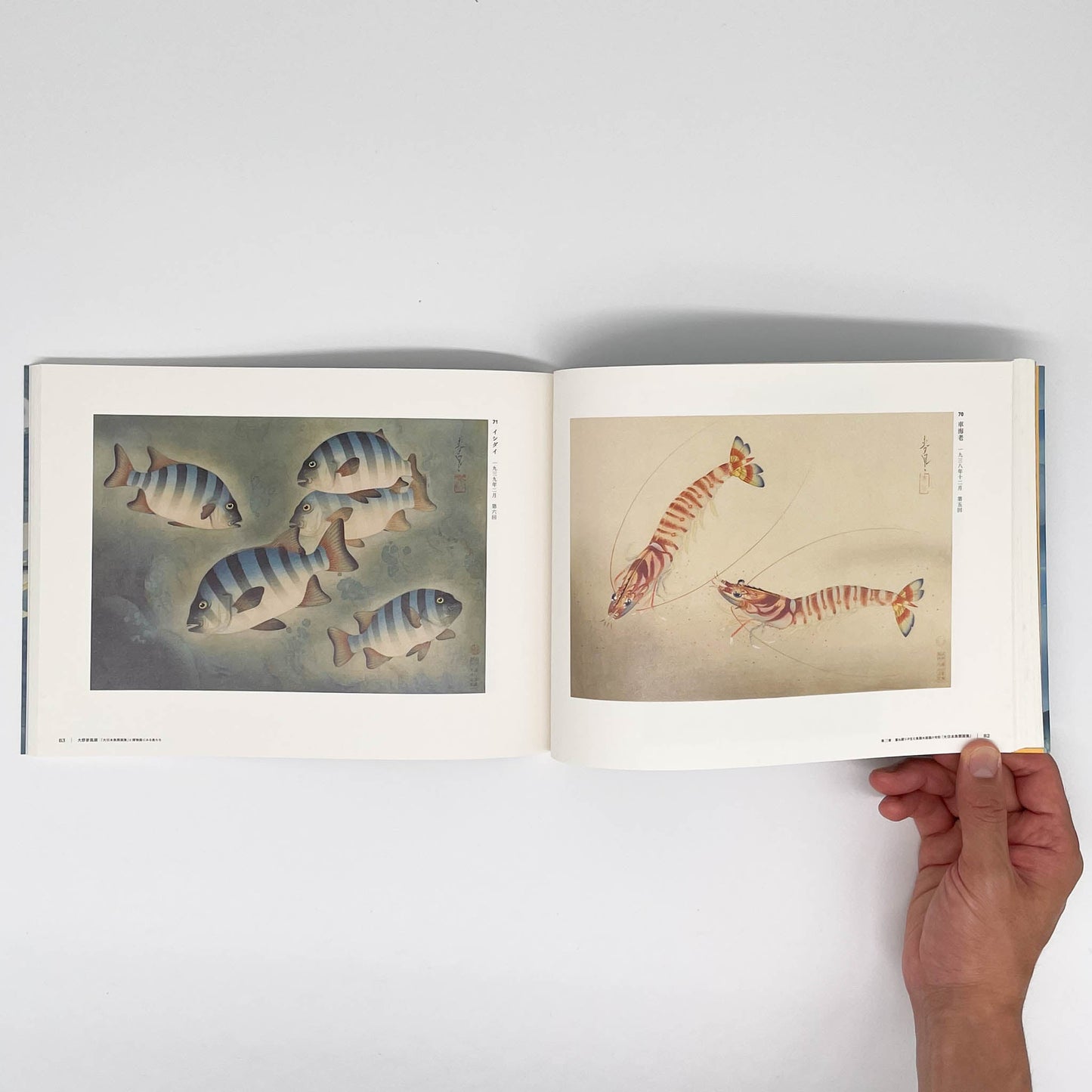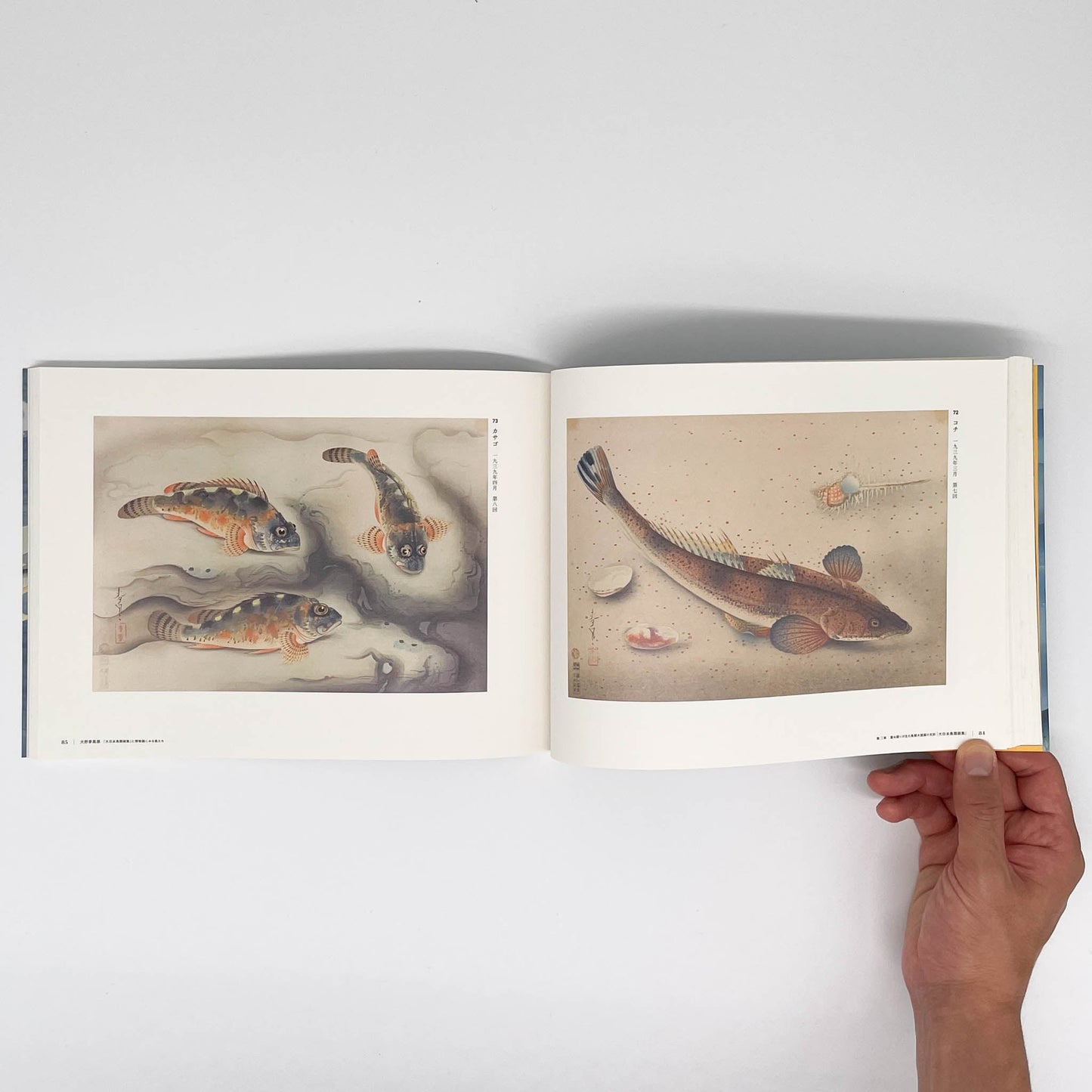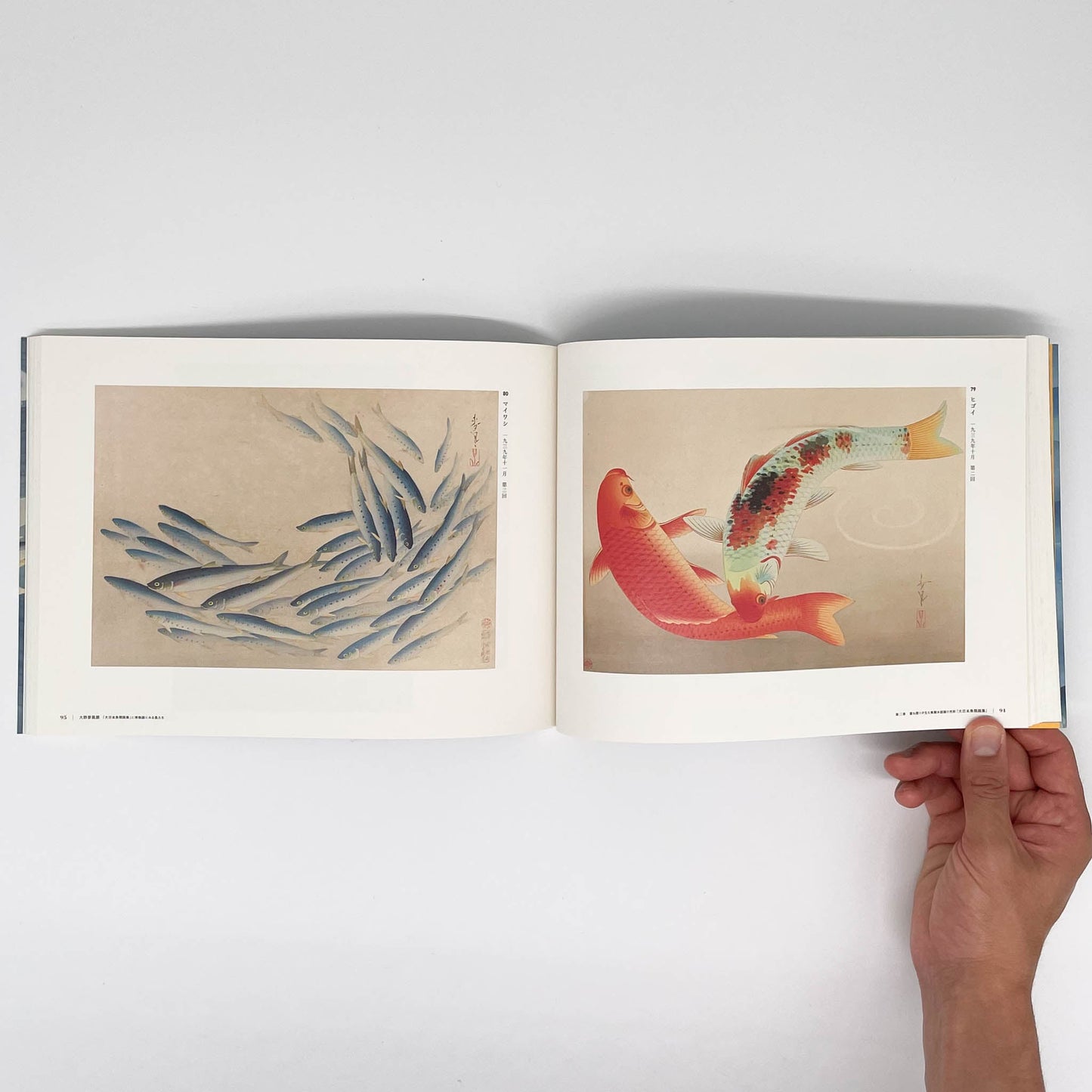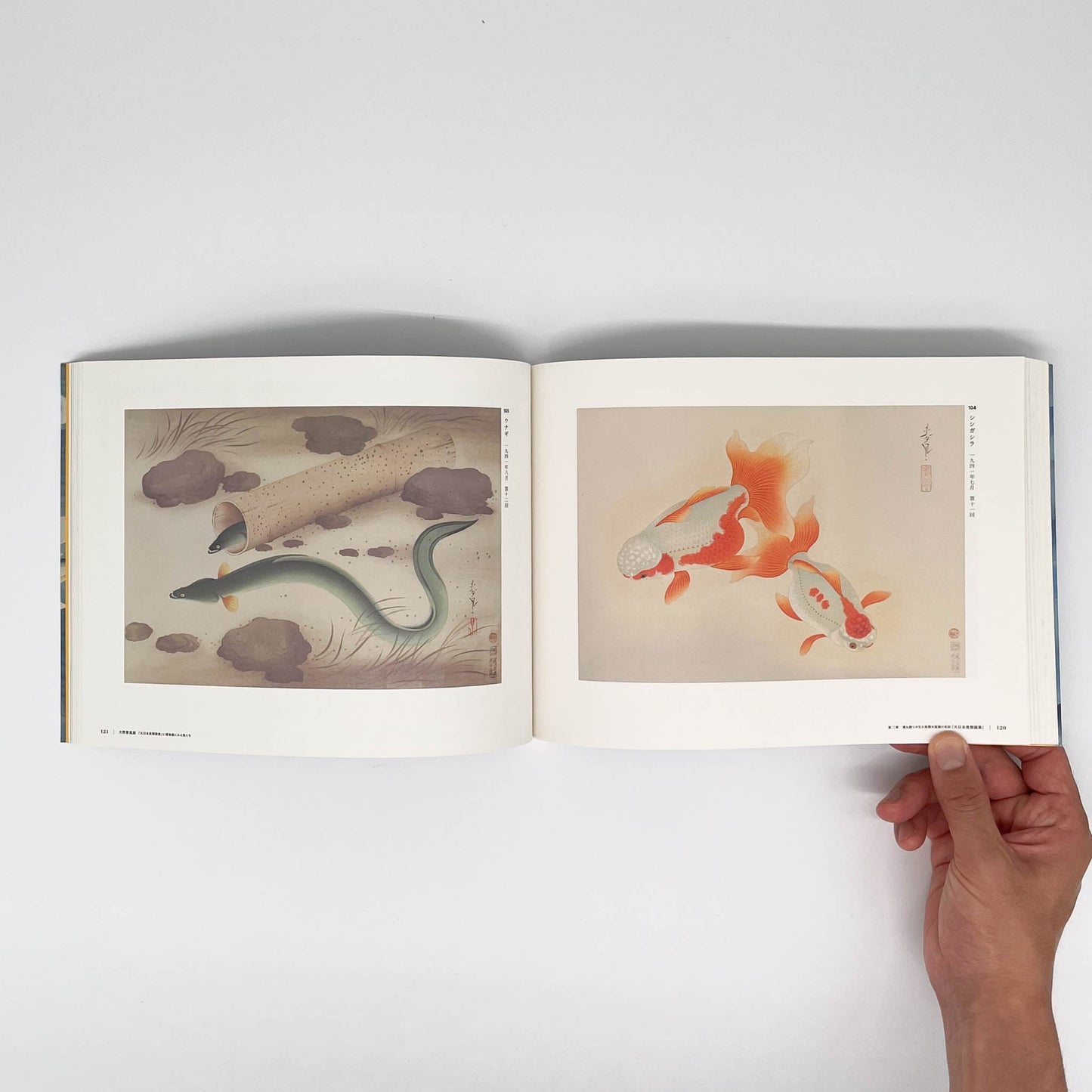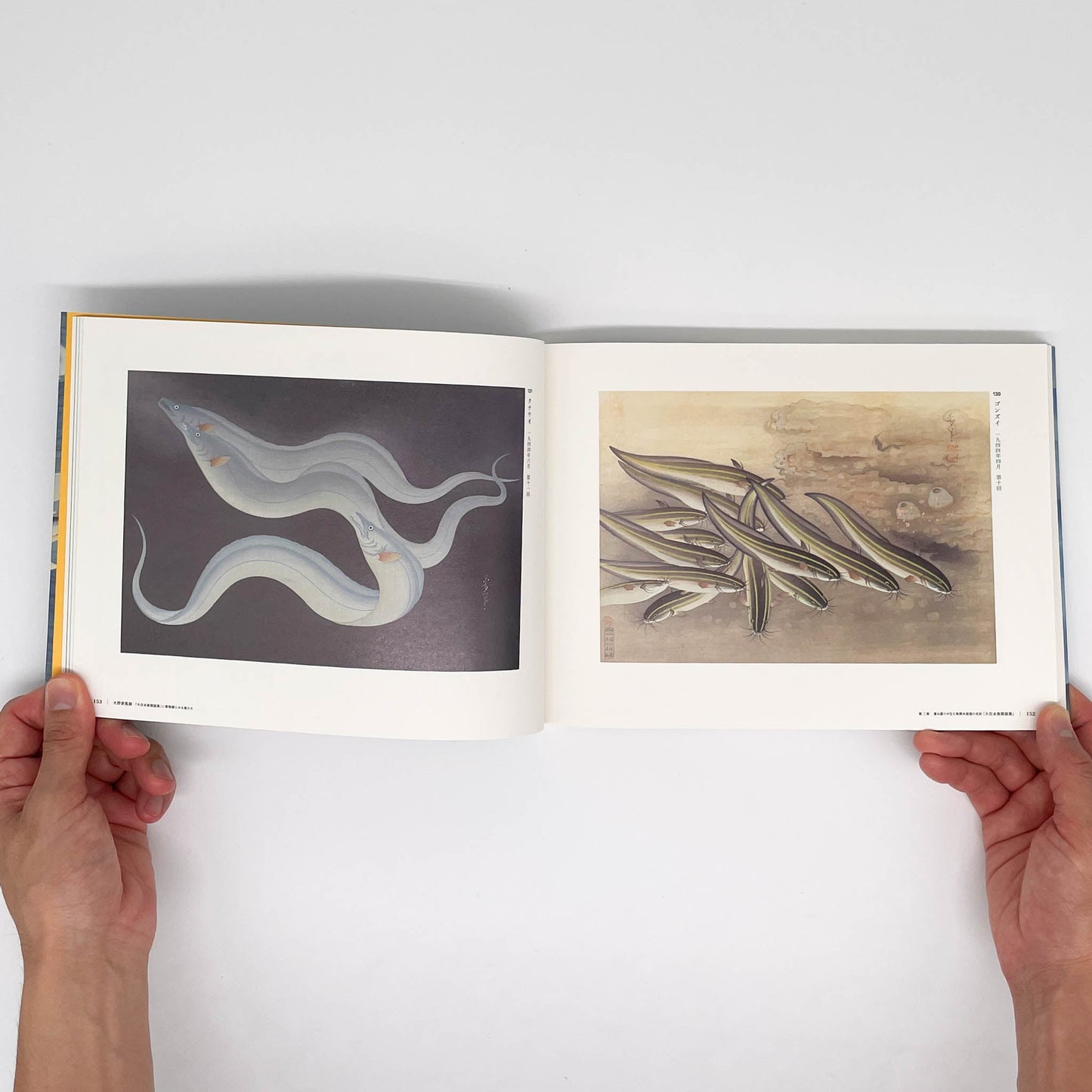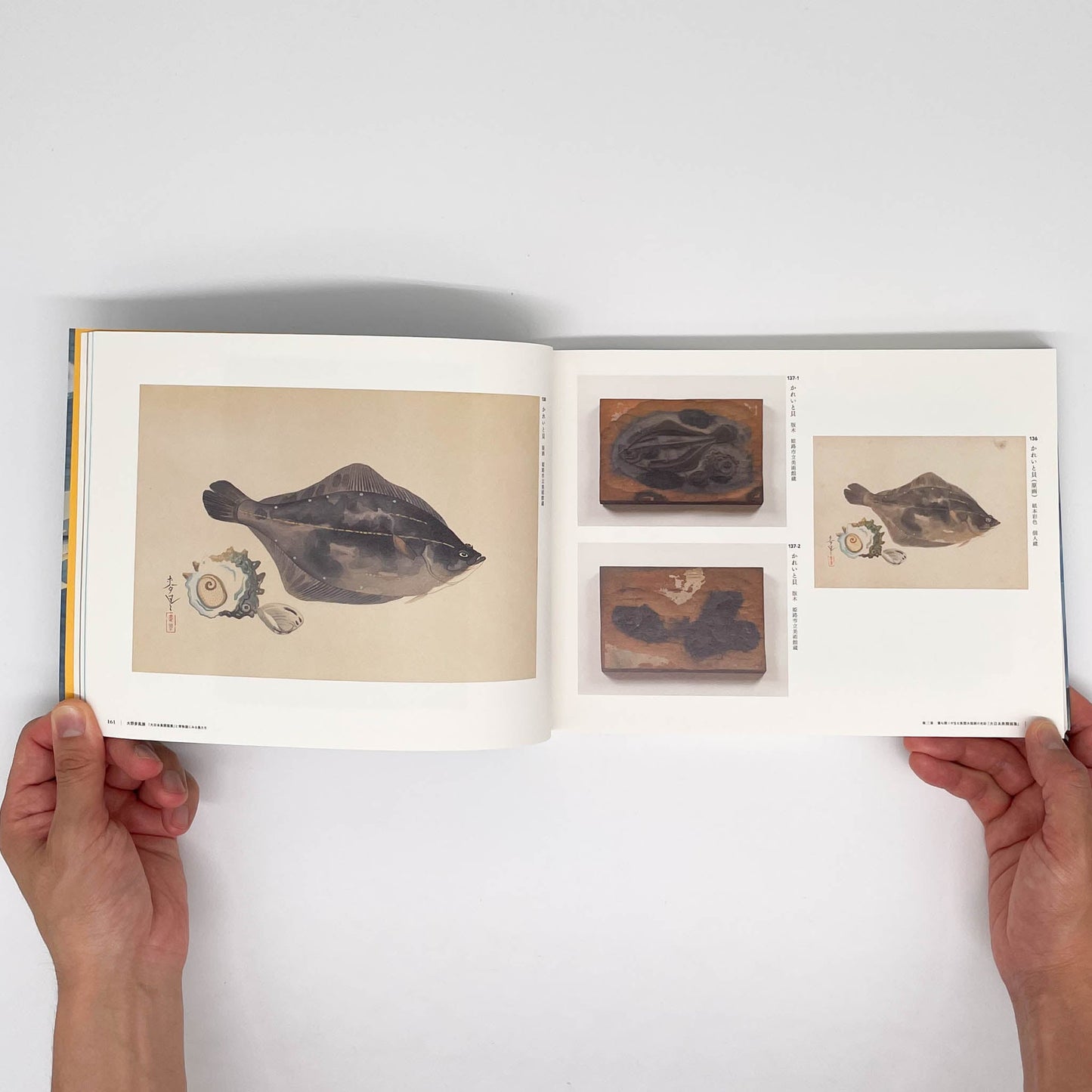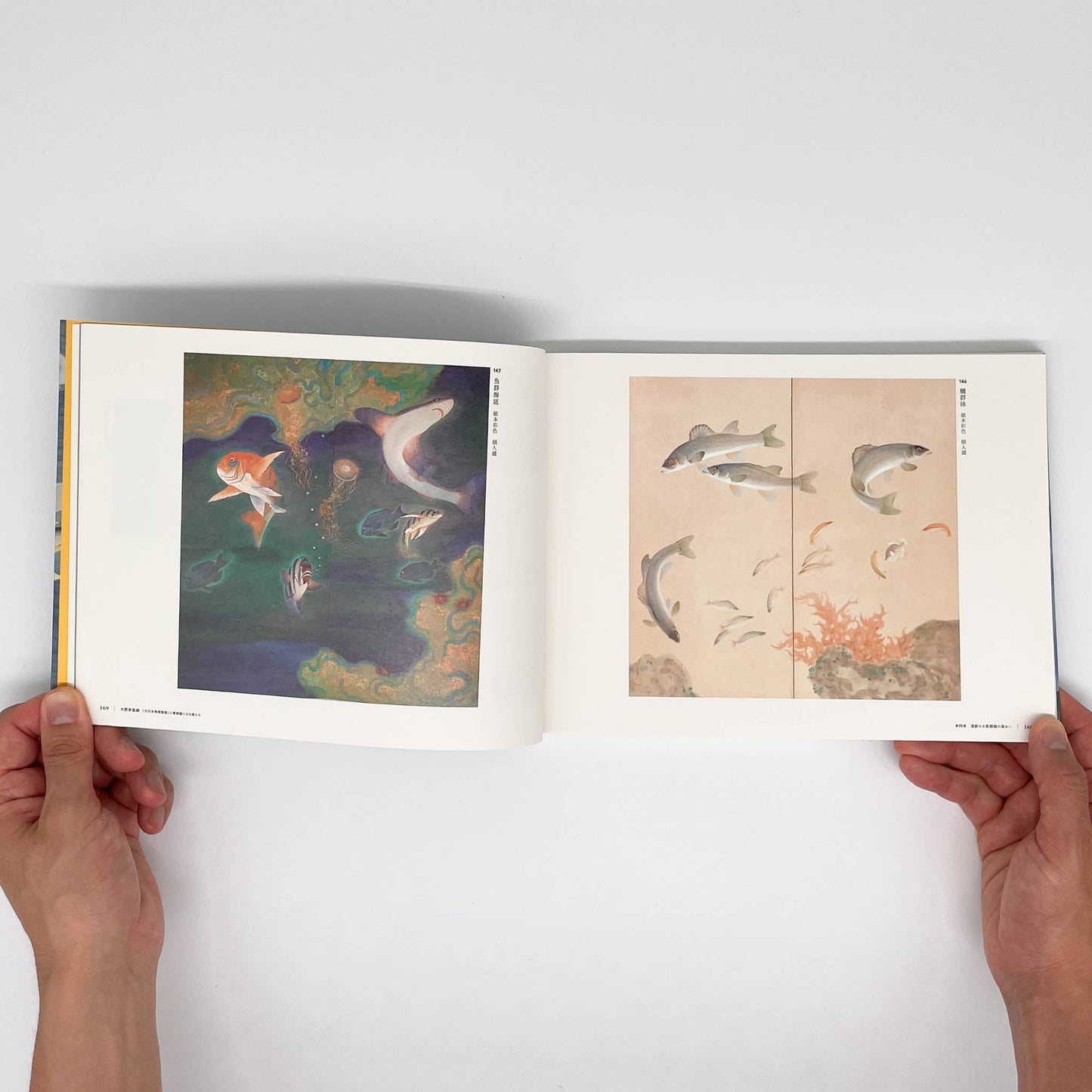Ono Bakufu Exhibition: "The Great Japanese Fish Collection" and Fishes in Natural History Illustrations
Ono Bakufu Exhibition: "The Great Japanese Fish Collection" and Fishes in Natural History Illustrations
Couldn't load pickup availability
Share
[Title] Ono Bakufu Exhibition: Fish in the "Great Japanese Fish Collection" and Natural History Illustrations
[Publisher] Tokyo Station Gallery
[Publication date] 2013
[Number of pages] 183 pages
[Size] Approx. 18.7 x 25.8 x 1.6 cm / 0.61 kg
[Format] Softcover
[Title reading] The Great Bacteria of the Great Japanese Army and the White-spotted Fish
[Authors/Editors] Tokyo Station Gallery/Planning and editing, Reita Hirase (Himeji City Museum of Art), Akira Tomita (Tokyo Station Gallery), Hiroko Shimizu (Tokyo Station Gallery)/Writing, Tomoko Morishige/Design
[ISBN] None
[Condition] Used, mint condition (case slightly scratched)
[Accessories] Plastic slip case
[Books featured]
[Related Exhibition] 2013 Tokyo Station Gallery (Tokyo)
Ohno Bakufu 1888-1976
Born in Tokyo.
A Japanese painter active from the Meiji to Showa periods. His real name was Yozo.
He initially studied under Kotaro Nagahara and learned Western-style painting at the Taiheiyo Art Association and Hakuba-kai.
He distinguished himself as a Western-style painter, having his works selected for the Bunten and Teiten exhibitions. However, he later switched to Japanese-style painting and established his own style.
He excelled in depicting fish and other aquatic creatures and became known as the "painter of fish." His representative work, the woodblock print collection "Dai Nippon Gyokurui Gashu" (published 1937-1944, total of 72 prints), made him widely known. In producing this collection, in addition to sketching at an aquarium, he actually boarded a submarine to observe the ecology of fish in the sea, demonstrating his thorough approach to realism.
Ohno's fish are not just accurate like natural history paintings, but are full of dynamism and vitality, as if they were actually swimming. His work is characterized by the fact that he even depicts the habitat of the fish by drawing the background in detail. In addition, he achieved colorful and detailed expression by using a very time-consuming technique called "primary color woodblock print 200 degrees hand-drawn".
After the Great Kanto Earthquake (1923), he moved to the Kansai region and based his activities in Hyogo Prefecture. After the war, he contributed to the local art world by serving as chairman of the Hyogo Prefecture Japanese Painters Association. Throughout his life, he was a painter who continued to produce unique fish paintings with a deep love and spirit of inquiry for fish.
